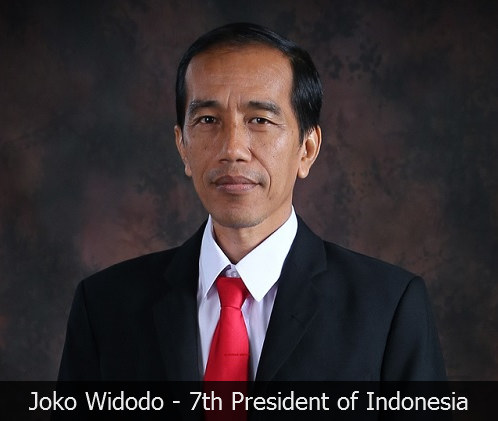Joko Widodo Presents Indonesia’s 2016 State Budget Draft in Parliament
On Friday (14/08) the Indonesian government unveiled its 2016 State Budget draft at a session in the House of Representatives (DPR). The draft is important as it shows government targets regarding the macroeconomy of Indonesia and it shows on what fields the government will focus in terms of public spending. The government - led by Indonesian President Joko Widodo - is optimistic that economic growth will finally rebound after four years of slowing economic growth as its 2016 GDP growth target was set at 5.5 percent (y/y).
This year, Indonesia’s GDP growth is expected to hover near 5.0 percent (y/y) as the country is experiencing external troubles (sluggish global economic growth and low commodity prices) and internal problems (high inflation, high interest rates, and weak government spending). President Widodo targets to offset the economic slowdown by enhancing public investment in infrastructure, improving the country’s exports and by implementing policies to boost people’s purchasing power (which has been curtailed due to high inflation and the high benchmark interest rate at 7.50 percent).
The Indonesian government targets to spend IDR 2.121 trillion (approx. USD $153 billion) in 2016, about seven percent higher than targeted government expenditure this year. Roughly IDR 313.5 trillion (USD $24 billion), or 2.5 percent of GDP, will be spent on much-needed infrastructure development. This figure is eight percent higher than the allocated amount in the State Budget of 2015. Next year's targeted infrastructure development includes 376 kilometer of new roads, 110 kilometer of new railways, and 11 new airports.

Although it is good news that more money will go to infrastructure development it remains problematic to spend these funds as the country has been plagued by red tape, land acquisition problems, poor planning, and weak cooperation between government institutions on the central and regional level (and the lack of quality human resources at the local government level). Therefore, the government should focus more on combating matters that hamper infrastructure development spending. As an illustration, in the first seven months of 2015 the government was only able to spend 11 percent of total allocated funding for infrastructure development.
The inflation target is set at 4.7 (y/y) in the 2016 State Budget draft, slightly below this year’s target (five percent). Due to recovering petroleum prices (and the scraping of gasoline subsidies at the start of the year) and higher food prices amid the Ramadan and Idul Fitri celebrations, inflation has risen to 7.26 percent (y/y) in July 2015. However, inflation is expected to ease in the remainder of the year.
The government will support people’s purchasing power by allocating IDR 201 trillion to diesel subsidies, electricity and gas subsidies, as well as subsidies for food, fertilizers and small business loans. By boosting production of rice, corn, soybeans, sugar and cattle, the government aims to improve food security in Southeast Asia’s largest economy and the world’s fourth-most populous country.
Another notorious problem for Indonesia involves tax revenue. The country has a weak tax-to-GDP ratio due to low tax compliance, weak monitoring, and weak law enforcement. In the 2016 State Budget draft, the government targets to raise IDR 1,848 trillion through tax, fees and royalties, up 15 percent from the target in 2015. However, it will require structural reforms to improve tax collection (needed to finance the 2016 budget).
Indonesian Finance Minister Bambang Brodjonegoro said the government budget may hit 2.1 percent of GDP, slightly better than this year’s expected 2.2 percent of GDP and lessening the burden on the Indonesian government to borrow funds overseas or at home.
